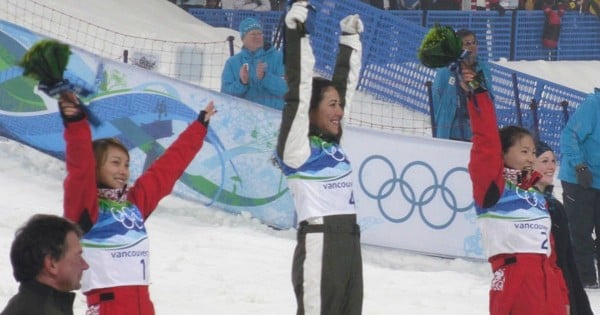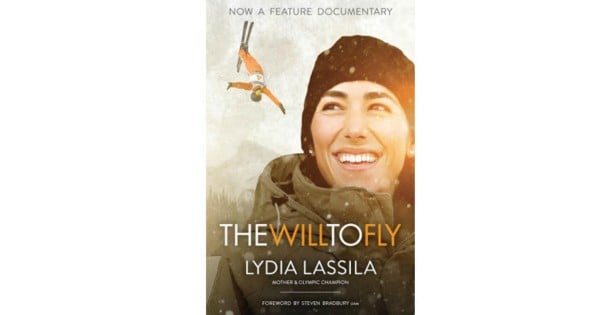
Aerial skier Lydia Lassila battled excruciating knee injuries to make it to the pinnacle of one of the toughest and most risky sports on earth, earning a number 1 world ranking and an Olympic gold medal in the process.
When she became pregnant with her first child, she applied the same principles that had served her so well in her training – focus, structure and outcomes. Then tragedy struck another high-profile Australian sport star … and made Lydia reassess.
It was a great buzz after winning the gold medal. When I arrived home, I received the warmest of welcomes and was treated as a hero.
People wanted to hear my story and requested me at their events. Winning gold allowed me the opportunity to share my story with a wider audience, and people could know who I really was; I wasn’t hidden behind a ski mask any more on some remote mountain top. I shared not only what I had gone through to reach the pinnacle in my sport but also the why and how.
I never set out to inspire other people, but, it’s a nice bonus to have done so. To have complete strangers come up to me and say how much my win inspired them has filled me with pride. I always tell them I am an ordinary person just trying to do extraordinary things while believing that if you want something enough, you’ll find a way to make it happen.
When I got home I also began lobbying for the water ramp that I had briefly discussed with Australia’s Prime Minister, Kevin Rudd, over the phone in the immediate aftermath of my gold medal jump. But more on that shortly.



